Artists Magazine Reading List – Great Art Books of 2022
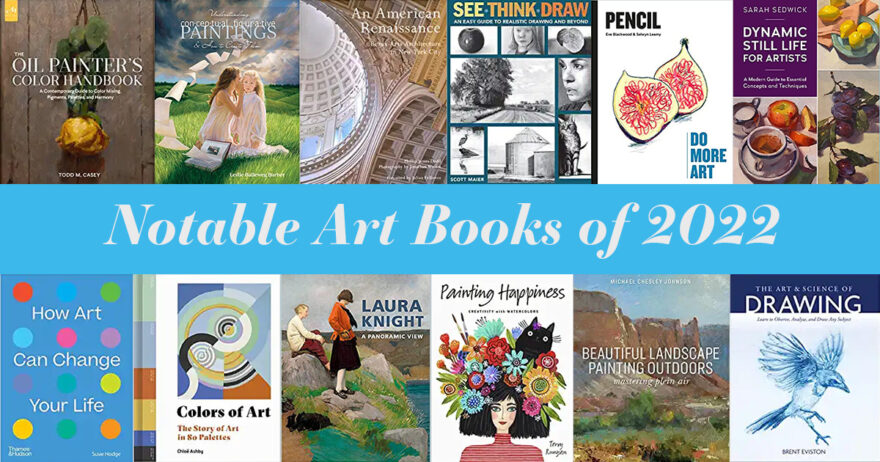
Uncover forgotten masterpieces, unlock your creative potential, and explore new artistic techniques with this dazzling selection of art books featured in Artists Magazine. There’s something here for artists at every level to uncover!
Learn Plein Air from the Best
Artist and plein air workshop instructor Michael Chesley Johnson knows a thing or two about the joys and challenges of painting on site. In his book Beautiful Landscape Painting Outdoors: Mastering Plein Air (Get Creative 6) he shares what he has learned from his 45 years of experience—along with insights and lessons from an additional 14 of today’s leading landscape artists. Hundreds of images, 19 demonstrations and generous tips address a variety of techniques and approaches for capturing the inspirational outdoor moment and include all major media—watercolor, acrylic, pastel, oil and gouache.
The Art & Science of Drawing
Having spent 25 years teaching drawing in art studios, schools, museums and universities as well as online (evolveyourart.com) to students ranging
from ages 5 to 87, Brent Eviston has come to a firm conclusion: Anyone can learn to draw. His video drawing lessons, based on established techniques combined with his own innovations, are now available in his first book, The Art & Science of Drawing: Learn to Observe, Analyze, and Draw Any Subject (Rocky Nook). Eviston’s instruction progresses from the best way to hold a pencil to figure drawing, with practice projects throughout. This practical guide is ideal for beginners as well as for experienced artists who want to improve specific skills.
Simple Pleasures
The folk-art style of artist Doris Lee (1904–83) and her depictions of uncomplicated enjoyments resonated with Americans worn out by the Great depression. later, her artistic progression toward even more simplified forms meshed well with the post-World War ii rise of abstract art. her work, once extremely popular and also collected by major museums, is featured in the book Simple Pleasures: The Art of Doris Lee (d Giles limited), by Melissa Wolf, curator of American Art, St. Louis art Museum, plus other contributors.
A Panoramic View
Laura Knight (1877–1970) was one of the most successful and popular artists of 20th-century England. in 1929 she was awarded the title dame Commander of the order of the British Empire. in 1936 she became the first woman elected to full membership to the Royal academy, and in 1965 she became the first woman to have a retrospective exhibition there. an overview of her work—including landscapes, London’s ballet and theater, circus performers, gypsies and World War II female workers—is found in the book Laura Knight: A Panoramic View (Philip Wilson Publishers) by Anthony Spira and Fay Blanchard, of MK Gallery, in England, plus other contributors.
See, Think, Draw
Artist and author Scott Maier, familiar to artistnetwork.com enthusiasts for his live-streamed Drawing Together lessons, approaches drawing as a series of considerations. Through practice, he says, artists “learn to apply the same set of decisions to each subject, and over time those decisions will come instinctively.” His book See Think Draw: An Easy Guide to Realistic Drawing and Beyond (Get Creative 6) provides plenty of practice exercises that teach basic techniques and build good decision-making.
An American Renaissance
The Gilded Age, a period in the U.S. from 1870 to 1900, brought unprecedented industrial expansion and economic growth. Nowhere was the rising wealth more evident than in New York City, home to nearly half of the country’s millionaires by 1892. The metropolis responded with an array of sumptuous building projects and their accompanying sculpture, painting and decorative elements. An American Renaissance: Beaux-Arts Architecture in New York City (Images Publishing), by architect Phillip James Dodd, explores 20 of these structures, inside and out, with insightful commentary accompanied by the striking photography of Jonathan Wallen. These historical landmarks include public buildings, such as the Pierpont Morgan Library and the Frick Collection, and those closed to the general public, such as the Samuel Tilden House and the University Club.
Do More art: Pencil
“The humble pencil. It’s one of the first mark makers we get to know as a child, and probably our most familiar drawing tool. But don’t underestimate this workhorse of the creative world.” So begins Do More Art: Pencil (Lawrence King Publishing) by Eve Blackwood, Head of Art at Hampton Court House School, in London, and artist Selwyn Leamy. This concise book packs a significant punch with information on tools and techniques used with graphite pencils, as well as a look at other types of pencils—colored, watercolor, charcoal, Conté and chinagraph. Plentiful images of works by 22 contemporary artists inspire creativity and stoke the imagination.
Painting Happiness
Remember when your grade-school art lesson was the high spot of your week—when creativity was pure joy and the inner critic hadn’t yet found its voice? That’s the feeling artist Terry Runyan taps into with her book Painting Happiness: Creativity With Watercolors (Leaping Hare Press). Those who are new to watercolor will find all the basics in this book, but more importantly, will find encouragement to set their creative spirit free through playful explorations in watercolor painting.
Conceptual Figurative Painting
Conceptual figurative paintings present a visual metaphor through the depiction of one or more figures in a carefully designed context. The artist may wish to convey a specific idea or may leave the interpretation open to the viewer. Understanding Conceptual Figurative Paintings & How to Create Them (Balleweg Art), by artist and author Leslie Balleweg barber, explains how to design these intriguing works, along with tips for working with models and creating setups or references for these often fantasitcal scenes.
How Art Can Change Your Life
Spending even a few minutes engaging with a work of art can introduce new viewpoints, channel emotions and engender positivity. In How Art Can Change Your Life (Thames & Hudson) artist and art historian Susan Hodge demonstrates—through 72 works by as many famous artists—how readers can use art to realign thoughts and feelings in order to better deal with life’s challenges.
Colors of Art
Why do artists choose particular colors? The answers include multiple factors, including the availability of pigments, cultural attitudes and personal preferences. In Colors of Art: The Story of Art in 80 Palettes (Francis Lincoln), author and arts journalist Chloë Ashby, examines the palette of a particular work by one of 80 artists, arranged chronologically from prehistoric cave painters to artists active in the 21st century. included with each artwork and color discussion is a palette of the work’s predominant colors, described with modern-day pigment identifiers, plus a list of “Complementary Works” worth investigating.
Oil Painter’s Color Handbook
Don’t let the title fool you! The Oil Painter’s Color Handbook (Monacelli Studio) is a scrumptiously beautiful and informative book about color, and yes, it’s centered around oil painting—but artists of many media will find plenty to appreciate within its pages. In this guide, artist and author Todd M. Casey takes the long view on color mixing, pigments and palettes, explaining not only current approaches but also how and why they came about. Images abound—from photos, illustrations and diagrams to a generous selection of paintings by both contemporary and historic artists.
Dynamic Still Life
“Whether you have been painting for a while or are just taking the first steps on your art journey, it’s never too early—or too late—to discover how a still life painting practice can improve your work in any genre!” says artist and painting instructor Sarah Sedwick. Her book Dynamic Still Life for Artists
(Rockport Publishers) makes painting still lifes accessible, covering everything from setups to preliminary studies to the actual painting process. Artwork by Sedwick and other contemporary artists illustrates the exciting variety of approaches and styles possible with this rich genre.
Paper Collage
Use color swatches cut from magazines and other papers to create original collages. In Paper Collage Workshop (Walter Foster Publishing), artist Samual Price uses 14 step-by-step projects to teach his color-based technique, combining an analog-grid system with classical collage processes.
This article contains affiliate links that help us earn a small commission from purchases — at no additional cost to you. We are grateful for your support.
Share your comments below! If you use any of these tools, tell us what you think! What others would you recommend?

Meet the Artist
Scott Maier is an artist and a content contributor to artistsnetwork.com. He’s also the author of the instructional art book See, Think, Draw: An Easy Guide for Realistic Drawing and Beyond.
This article contains affiliate links that help us earn a small commission from purchases — at no additional cost to you. We are grateful for your support.















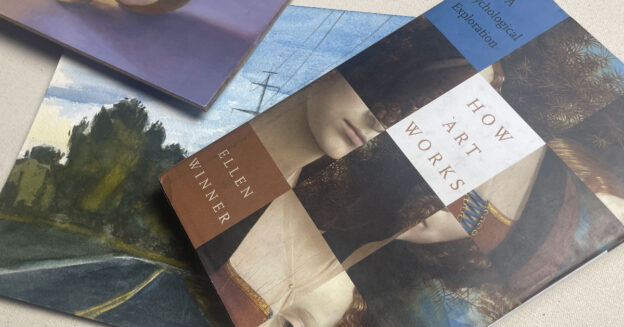

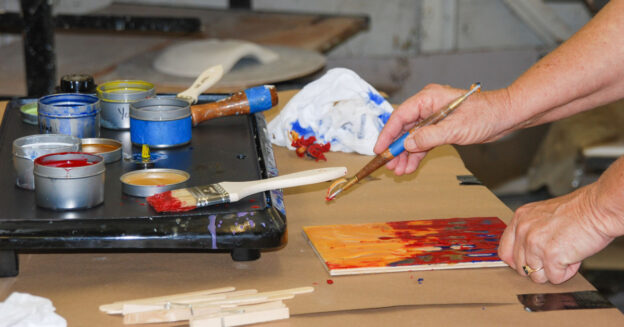



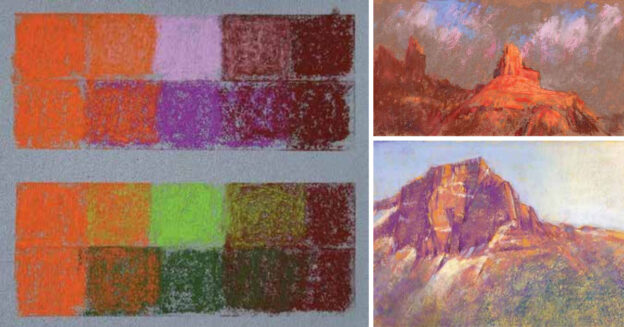
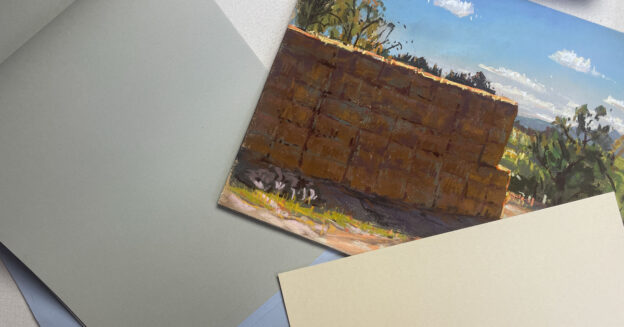
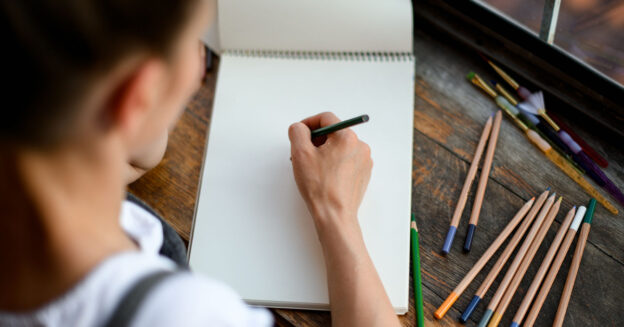
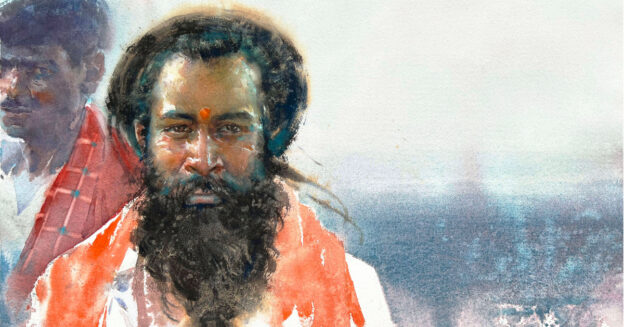
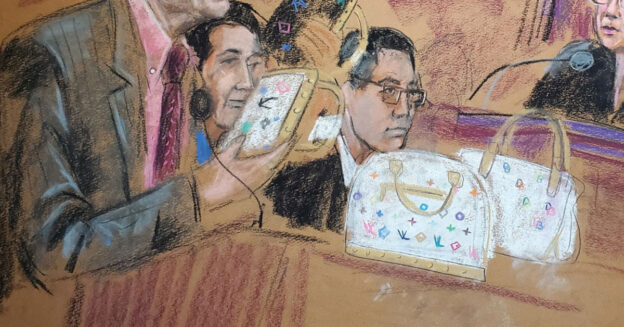


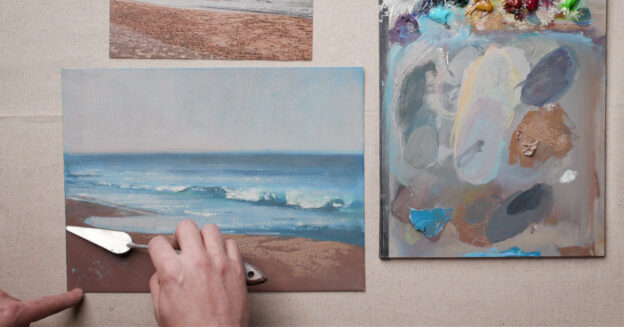

Thanks for this list! I will definitely be picking up An American Renaissance – as an artist who is inspired by the architectural delights around us, this looks like a fantastic read! Having living primarily in Europe and Asia, my knowledge of American Architecture has some catching up to do!